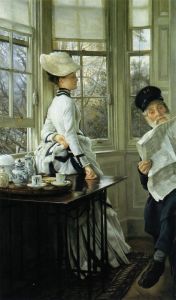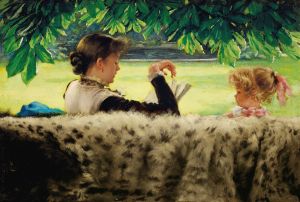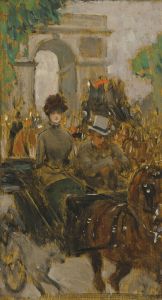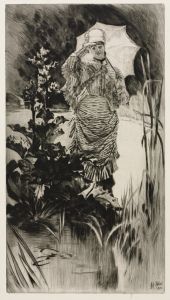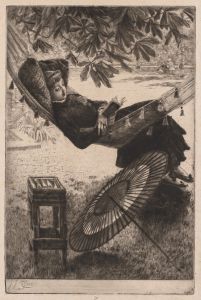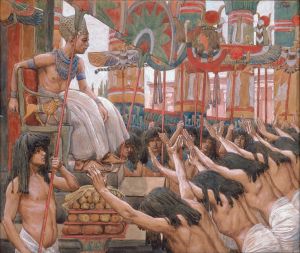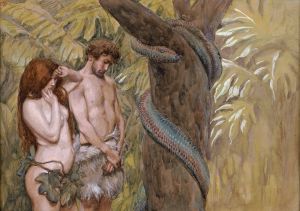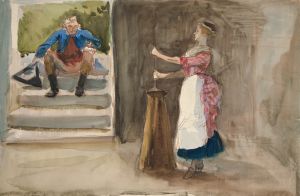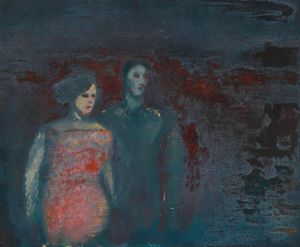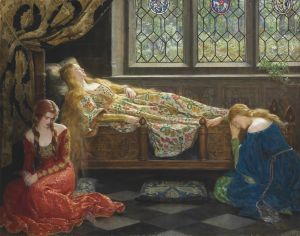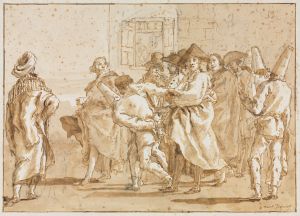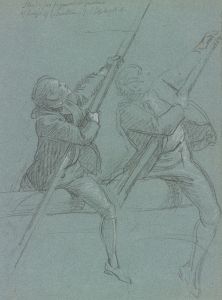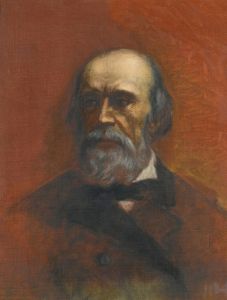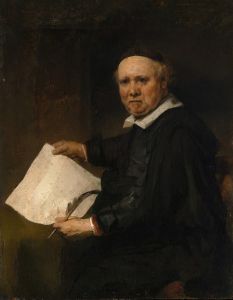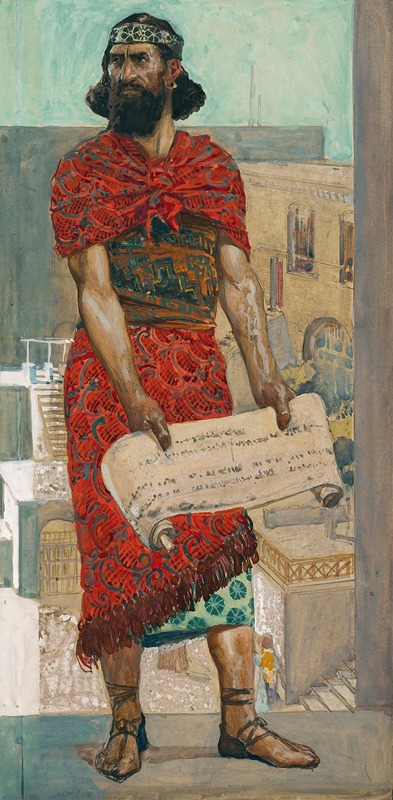
Baruch
A hand-painted replica of James Tissot’s masterpiece Baruch, meticulously crafted by professional artists to capture the true essence of the original. Each piece is created with museum-quality canvas and rare mineral pigments, carefully painted by experienced artists with delicate brushstrokes and rich, layered colors to perfectly recreate the texture of the original artwork. Unlike machine-printed reproductions, this hand-painted version brings the painting to life, infused with the artist’s emotions and skill in every stroke. Whether for personal collection or home decoration, it instantly elevates the artistic atmosphere of any space.
James Tissot, a French painter and illustrator, is renowned for his detailed and vivid depictions of biblical scenes, among other subjects. One of his notable works is "Baruch," which is part of his extensive series illustrating the Bible. Tissot's biblical series was a significant endeavor in his later career, reflecting his deep interest in religious themes and his commitment to historical accuracy.
"Baruch" is a painting that depicts the biblical figure Baruch ben Neriah, who was the scribe and devoted companion of the prophet Jeremiah. Baruch is a significant figure in the Hebrew Bible, particularly in the Book of Jeremiah, where he is portrayed as a faithful assistant who transcribes Jeremiah's prophecies and messages. He is also traditionally credited with the authorship of the Book of Baruch, although this attribution is subject to scholarly debate.
James Tissot's depiction of Baruch is part of his larger project, "The Life of Our Lord Jesus Christ," which he worked on from 1886 to 1894. This series consists of over 350 watercolors that illustrate the New Testament, and it was followed by another series on the Old Testament. Tissot's work is characterized by meticulous attention to detail and a commitment to historical and archaeological accuracy, which was informed by his travels to the Middle East. These journeys allowed him to study the landscapes, architecture, and clothing of the region, which he then incorporated into his paintings to provide a more authentic representation of biblical events.
In "Baruch," Tissot likely employed his signature style, which combines realistic detail with a dramatic sense of narrative. His works often feature rich colors and precise lines, bringing the biblical stories to life in a way that was both accessible and engaging to his audience. Tissot's biblical illustrations were well-received in his time and continue to be appreciated for their artistic and historical value.
The painting of Baruch, like many of Tissot's works, reflects his interest in the human aspects of biblical stories, focusing on the emotions and experiences of the individuals involved. This approach allows viewers to connect with the characters on a personal level, enhancing the impact of the biblical narratives.
Tissot's biblical series, including "Baruch," was exhibited in Paris and London and eventually published in book form, reaching a wide audience. The series was later acquired by the Brooklyn Museum in New York, where it remains an important part of the museum's collection. Tissot's work has influenced both religious art and the popular visual interpretation of biblical stories, making his contributions significant in the context of art history.
Overall, "Baruch" by James Tissot is a testament to the artist's dedication to capturing the essence of biblical figures and stories with authenticity and artistic skill. Through his work, Tissot has left a lasting legacy that continues to inspire and inform both art enthusiasts and scholars of religious history.





